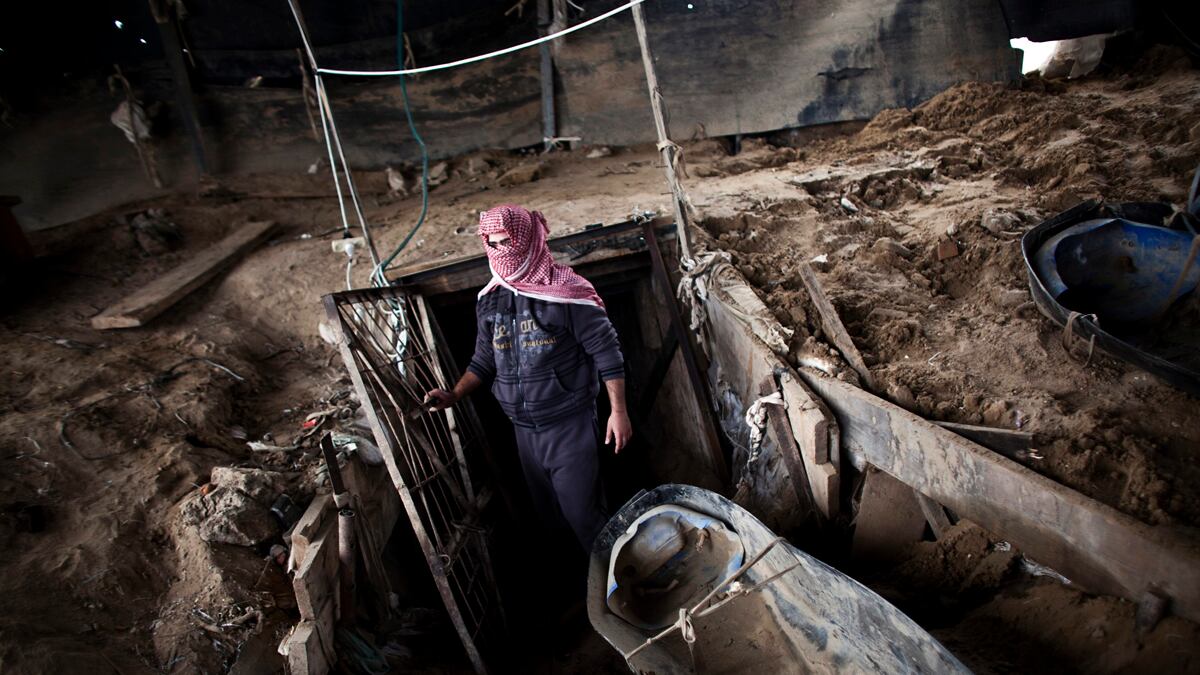Archive
Oliver Weiken / EPA-Landov
After Israel-Hamas Ceasefire, Gaza Tunnels Are Back in Business
Israel-Hamas Ceasefire
Illicit underground lifelines to Egypt took a beating, but owners are digging in again. By Sarah A. Topol.

Trending Now
Crime & JusticeUnshaven Luigi Mangione Shows Signs of Stress in Court
Crime & JusticeLuigi Mangione Judge Married to Former Healthcare Exec




